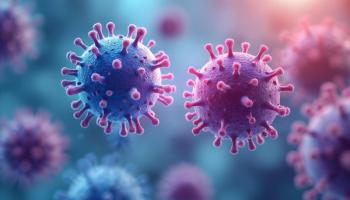
Molecule Synthesis May Inhibit Cancer Tumor Development
Cancer tumors are unable to grow larger than 2 millimeters unless angiogenesis is present.
A new approach for synthesizing a molecule showed the potential to mitigate the development of cancer tumors in a recent study.
Cortistatin A is a natural product that was isolated from an Indonesian marine sponge and has potent anti-angiogenic activity at low dosages. Cancer tumors are unable to grow larger than 2 millimeters unless angiogenesis is present.
Despite being a lead compound in the development of anti-cancer therapies and a powerful anti-HIV agent, harvesting cortistatin A from natural sources has proven difficult. In order to obtain larger quantities for research and drug development, laboratory synthesis was found to be the best approach.
During the study, published in Chemistry-A European Journal, researchers applied a (4+3) cycloaddition reaction to the molecule to create a central 7-membered ring structure.
“The invention of new chemistry reactions is an extremely important field of research, because each new reaction is an enabling tool, and can open doors to the synthesis of many important molecules,” said lead researcher Pauline Chiu. “In this case, the cycloaddition reaction we developed is the key step in our strategy that enabled our synthesis of cortistatin A to be accomplished efficiently.”
This new strategy was deemed highly important by a refereeing panel, with less than 10% of manuscripts receiving a positive review normally.
Many chemists have worked to synthesize cortistatin A, but Chiu’s research yielded the highest total synthesis of the molecule in the world so far.
In the future, cortistatin A and its analogues can be more efficiently synthesized to help aid in further medicinal research to help improve drug development.
Newsletter
Stay informed on drug updates, treatment guidelines, and pharmacy practice trends—subscribe to Pharmacy Times for weekly clinical insights.


















































































































































































































